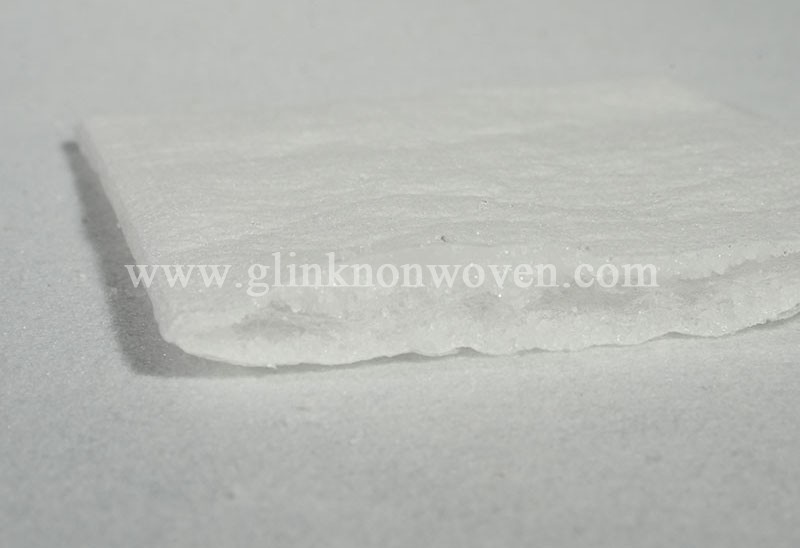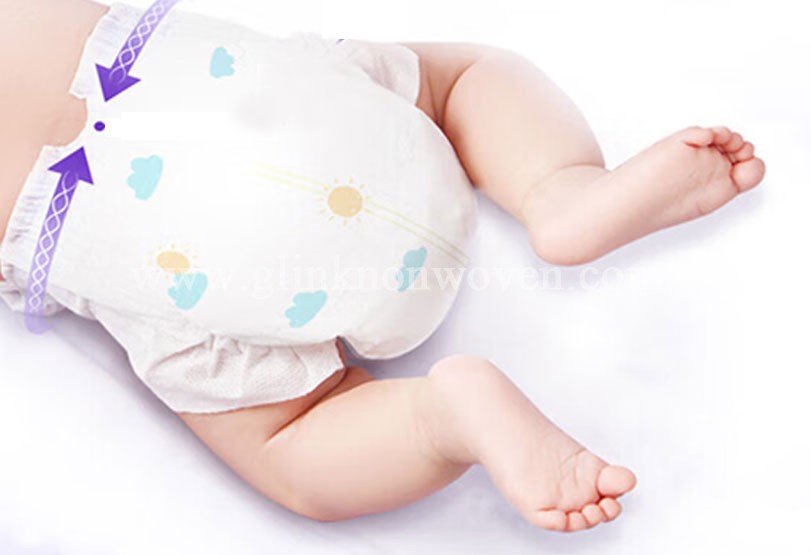The Basic Structure and Materials of Sanitary Napkins and Sanitary Pads
Dec 30, 2024
The basic structure of sanitary napkins and pads includes the following parts:
1.Surface layer: The part that comes into direct contact with the skin, usually made of non woven fabric, perforated film mesh, or pure cotton material, with a penetrating and isolating effect. The recommended material for the surface layer is non-woven fabric or pure cotton, as they are soft, breathable, and not easily irritating to the skin.
2.Absorption layer: The main materials include fluff pulp, polymer absorbent resin (SAP), or pure cotton absorption layer. SAP has super strong water absorption ability, which can quickly lock in water and reduce backflow. It is recommended to use polymer absorbent resin as the material for the absorption layer, as it can effectively lock in moisture.
3.Bottom layer: usually composed of polyethylene leak proof film or breathable lamination PE film (PE film+non-woven fabric), which plays a role in preventing menstrual blood leakage, while maintaining breathability and avoiding stuffiness.
4.Adhesive backing: used to fix sanitary napkins on underwear. It is recommended to use food grade or medical grade hot melt adhesive, which is non-toxic, odorless, and non irritating to the skin.
4.PE pouch film: The outer packaging of a single sanitary napkin is usually made of materials such as PE film, composite non-woven fabric envelope, silicon coated film, or aluminum film. PE film has stretchable and waterproof properties, and the composite non-woven fabric coating is environmentally friendly and composed of non-woven fabric and PE film. The silicon coated film has the characteristic of not being easily damaged, while the aluminum film has a high-end appearance and is moisture-proof.
Read More

